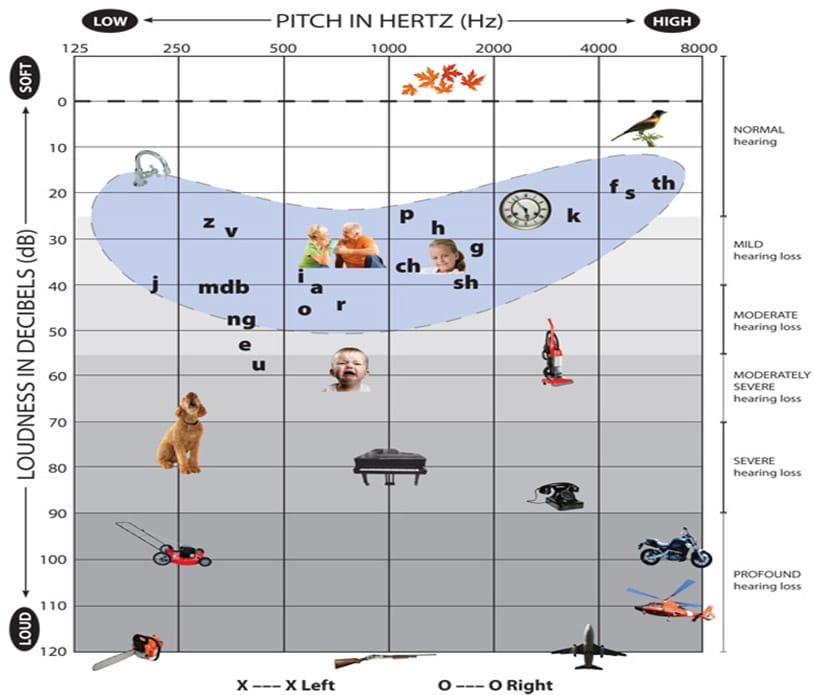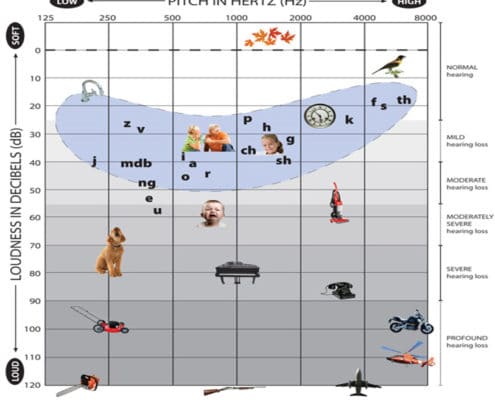A hearing test is a painless, non-invasive test that measures a person’s ability to hear different sounds, pitches, or frequencies.
The audiologist will look inside your ear with an otoscope, which is a small cone shaped scope with a light on the end. This helps see inside the ear and check whether there is anything visibly damaged.
You are then required to sit in a soundproof booth wearing earphones which are connected to an audiometer. The audiometer produces sounds and tones of different levels and frequencies, which are transmitted to each individual ear.
The audiologist charts the loudness on the audiogram which is a graphical representation of how well your ear responds to different levels of frequencies. You will be asked to raise your hand or press a button whenever you hear sound being sent to your ears. The audiologist records all the information received and analyses it. The extent of your hearing loss is based on the frequencies you could or couldn’t hear.
The audiometry test measures the softest, or least audible, sound that a person can hear. The loudness of sound is measured in decibels (dB). A whisper is about 20 dB, loud music ranges 80-120 dB, and a jet engine is about 180 dB. The tone of sound is measured in frequencies (Hz). Low bass tones range 50-60 Hz, high-pitched tones range 10,000 Hz or higher. Normal hearing range is 250-8,000 Hz at 25 dB or lower.
The test is recorded on a chart called the audiogram. On an audiogram chart, red O’s indicate results for the right ear and the blue X’s indicate results for the left ear.



